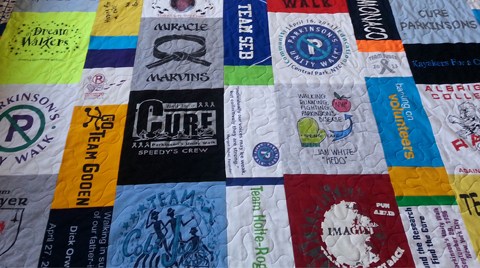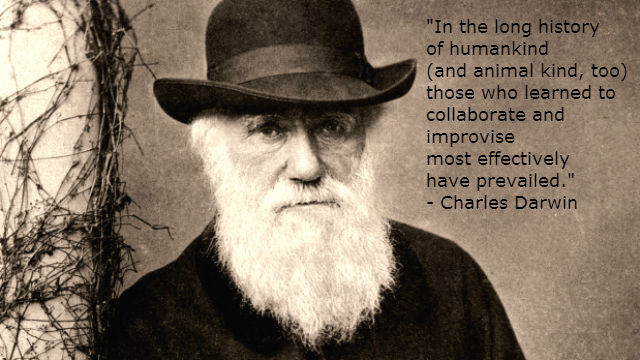Parkinson’s Patients “Roar” on Faster Route to A Cure

This is Parkinson’s Awareness Month. It’s a time to celebrate what has been learned and to push the process further along. There is no screening test to diagnose Parkinson’s disease (PD) early. Researchers are searching for biomarkers – telltale signs of the disease – that would allow earlier treatments and provide insight into possible cures. At the moment, medications, exercise, creative activities, and surgery can reduce the symptoms of PD, but there is no way of stopping the disease in its tracks.
Yet, this is a very promising time in PD research. A key reason is an emerging collaboration between PD patients, physicians and scientists in determining research directions. Patients are influencing the course of PD science as never before. Once considered weak victims of a devastating disease, they have become influential collaborators in the search for a cure.
When I was first diagnosed with PD over a decade ago, patient input was close to negligible. Definition of the disease was narrow. A diagnosis required a set of motor indicators shared, it was assumed, with all true PD patients. PD was a brain disease – short and simple. Now, through the collaboration of patients and experts, we know that PD looks different across patients at various points in time and some have little in the way of noticeable tremor. The disease may even reveal itself in gut or nasal bacteria before commonly known symptoms are evident.
Patient involvement in PD research is moving the route to a cure from pot-holed, one-lane back roads to multiple-lane avenues of shared information. Rather than passive objects of study, PD patients are actively involved in finding a cure. Their input has led to a realization that the best treatment for PD is individualized. In fact, Parkinson’s disease may not be one disease at all. Treating it may be more a matter of patient-doctor communication about which symptoms are in need of attention at any given point in time than finding a single medication to meet all challenges.
Not long ago, what became known as non-motor symptoms, among them changes in cognition, digestive problems, and sleep difficulties, were considered irrelevant to finding biomarkers or a cure. Yet patients live with these symptoms and they saw the link to PD. Now most non-motor symptoms are viewed as treatable aspects of PD and potential, crucial clues to a possible cure.
As Dr. Zolton Mari, MD, interim director of the Parkinson’s and Movement Disorders Center at Johns Hopkins University in Baltimore, explains, “Clinically there is heterogeneity. Patients may be tremor dominant; they may be more rigid. The prognosis varies across a significantly wide spectrum.” He adds, “In this whole complex mash of what works for whom, if we could make sense of that better, you know we don’t have to invent the magic, miracle pill to stop Parkinson’s if we could just use all the information and apply it to find what works for each individual patient.” How better to do that than to ask patients themselves to be involved?
Amy Comstock Rick, J.S., CEO of the Parkinson’s Action Network, shared with Neurology Now that patients and advocates need to be involved every step of the way. Her view: “No research is successful in isolation.” The Parkinson Disease Foundation, Parkinson’s Alliance and European Parkinson’s Disease Association, to name a few, invite patients to become advocates not only for spreading awareness of PD and involving patients in clinical trials, but in lending their voices to the choice of research directions.
Each April in New York City’s Central Park, thousands of PD patients, their families and friends join the Unity Walk. Such walks take place in Europe and around the world as well. These colorful, joyful experiences bring together the very people who hold the key to a disease that has long baffled those who commit their lives to studying it.
Research on a disease such as PD in isolation of patient input is a recipe for failure. Patient subjects are not the messy necessity of science. They are the reason for its existence. If science is to be useful, it’s imperative to understand the people being studied. They used to be the last group asked about the problem being investigated. They were victims. Today, you can hardly read about Parkinson’s without learning of the important role played by patients. They learn from each other, share their observations and increase the likelihood of better treatments and ultimately a cure.
Parkinson’s disease remains a tough challenge, but the battle is heating up and more soldiers are wearing t-shirts, carrying signs, marching in optimistic solidarity for a cure, raising funds, speaking up, sharing their research preferences and making a huge difference. It’s a great model for PD research and for medical science as a whole.
Photo compliments of The Unity Walk





